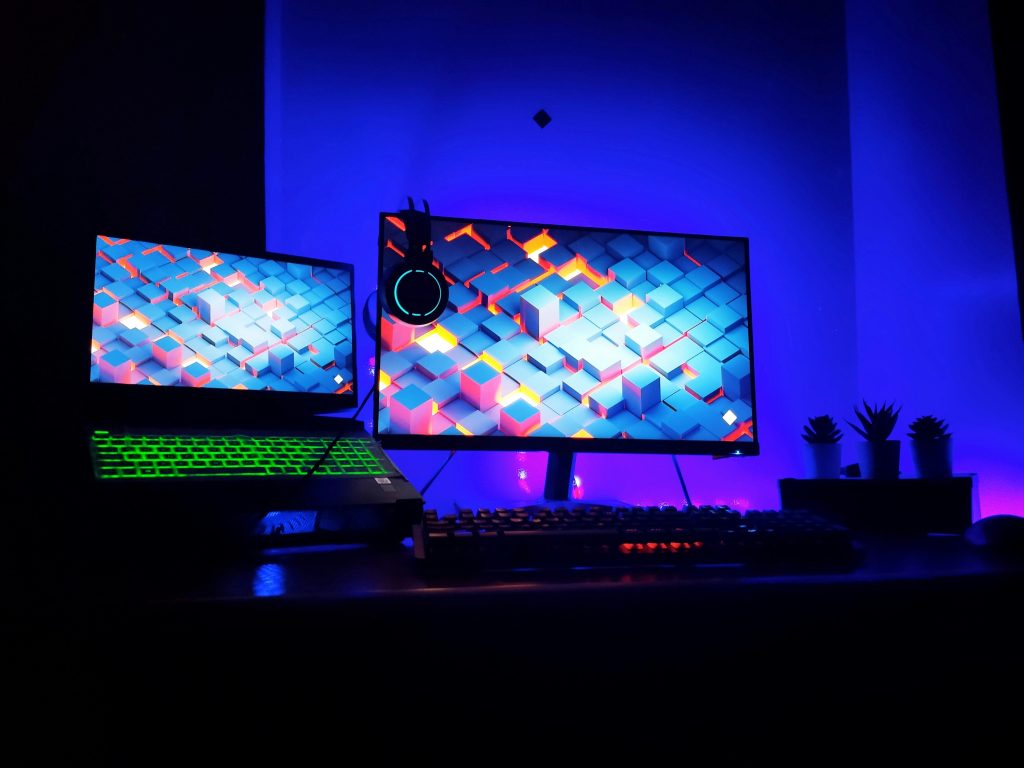When selecting a gaming monitor, several factors contribute to the overall gaming experience. However, the most important element to consider is refresh rate.
1. Refresh Rate
The refresh rate determines how many times per second the monitor updates with new information. For gaming, a higher refresh rate provides smoother visuals and reduces motion blur, especially during fast-paced scenes. A refresh rate of 60Hz is the minimum for basic gaming, but many gamers prefer 120Hz, 144Hz, or even 240Hz monitors for a smoother and more responsive experience.
2. Response Time
Response time is the time it takes for a pixel to change from one color to another. A lower response time ensures that your screen reacts faster to your inputs, reducing ghosting and blurring during high-speed movements. Gaming monitors with response times of 1ms to 5ms are ideal for competitive gaming.
3. Resolution
Resolution affects the clarity and detail of the visuals. A higher resolution provides sharper images, which is important for visual precision. Common resolutions for gaming monitors include Full HD (1080p), Quad HD (1440p), and 4K (2160p). The higher the resolution, the more detailed the visuals, but it requires more powerful hardware to drive.
4. Screen Size and Aspect Ratio
The size of the monitor impacts how much you can see at once, while the aspect ratio affects the shape of the screen. Wider screens (e.g., 21:9 or 32:9) offer an expanded field of view, which can help with both enjoyment and gameplay. A 27-inch screen is often considered a good balance between size and viewing comfort.
5. Panel Type
The panel type determines the color accuracy and viewing angles. IPS (In-Plane Switching) panels offer better color reproduction and wider viewing angles than TN (Twisted Nematic) panels, making them a popular choice for gamers who want vibrant and accurate visuals.
6. G-Sync and FreeSync
Both G-Sync (NVIDIA) and FreeSync (AMD) are technologies designed to eliminate screen tearing and stuttering by syncing the monitor’s refresh rate with the graphics card’s output. This provides smoother visuals and reduces input lag, making these features essential for competitive gaming.
Conclusion
While there are many features to consider when choosing a gaming monitor, refresh rate stands out as the most crucial factor for a responsive and fluid gaming experience. Paired with low response time, a high resolution, and technologies like G-Sync or FreeSync, you can elevate your gaming experience to the next level.

